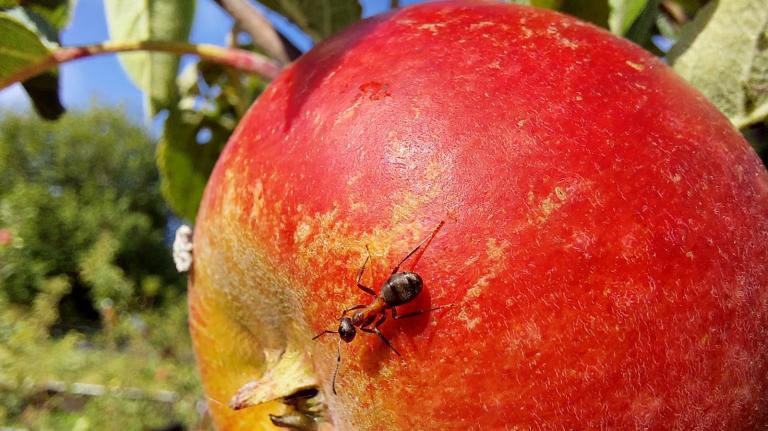In December, the FDA revealed for the first time that every year 29 million pounds of antibiotics are fed to animals — often through the dangerous technique of administering low-dose, growth-promoting hormones to livestock via their feed. In total, that figure represents 80% of all antibiotics used in the US. As Grist has covered extensively, there is broad scientific consensus that this practice creates antibiotic-resistant “superbugs” that threaten both animals and humans.
Despite pressure from public health experts and food and farm advocates, the FDA and USDA’s progress on addressing this problem has been agonizingly slow. In the latest development, the federal government’s main watchdog group, the Government Accountability Office (GAO) has released a new report [PDF] documenting the many shortfalls of the USDA and FDA’s approach.
Although the report clearly states, “[t]he use of antibiotics in animals poses a potential human health risk,” the two agencies have not put adequate systems in place to either track or assess the risks of antibiotics overuse. The few systems that do exist are problematic and lack teeth.
They include the generic-sounding “steps to research alternatives to current antibiotic use practices and educate producers and veterinarians on appropriate use of antibiotics” (resulting in only one currently active project that costs a measly $70,000) on the part of the USDA.
Meanwhile last year the FDA proposed a “voluntary strategy” that involves working with drug companies to limit approved uses of antibiotics and increasing veterinary supervision of use.” And we all know how well voluntary regulation tends to work in the food industry. In other words, not well at all.
This report was not, however, an assessment of the actual risks of overuse; indeed, it took those risks as established scientific fact, even going so far as to offer a handy illustration of how the use of antibiotics on livestock leads to resistant bacterial infections in humans.
Commissioned at the request of Rep. Louise Slaughter (D-NY) — sponsor of the oft-introduced, never-passed PAMTA bill designed to end antibiotic abuse by livestock producers — the report is a careful review of what the USDA and FDA have done about the problem. The report’s short answer: not nearly enough.
The reality of the report’s contents did not stop the National Pork Producers Council from misrepresenting the facts. According to Food Safety News, NPPC President Doug Wolf released a statement saying:
“Not only is there no scientific study linking antibiotic use in food animals to antibiotic resistance in humans, as the U.S. pork industry has continually pointed out, but there isn’t even adequate data to conduct a study…”
“The GAO report on antibiotic resistance issued today confirms this…
In actuality, it does no such thing. On the first page of the report is a statement that begins:
Why GAO Did This Study
Antibiotics have saved millions of lives, but antibiotic use in food animals contributes to the emergence of resistant bacteria that may affect humans. The Departments of Health and Human Services (HHS) and Agriculture (USDA) are primarily responsible for ensuring food safety. GAO reviewed the issue in 2004 and recommended improved data collection and risk assessment.
The report does not question the existence of the phenomenon in the first place. But it does go so far as to hold up the example of Denmark, which successfully restricted antibiotic use in livestock about a decade ago, as a model for the US. Big Pork hates Denmark, so it’s ironic to see them touting a report so friendly to the “Danish Experiment.”
Since Big Pork clearly needs a little help with their Googling, allow me to recommend this handy bibliography [PDF] of peer-reviewed research demonstrating the link between antibiotic overuse in animals and resistant infections in people. There’s little doubt among microbiologists or public health experts on the science. But that’s not to say that either group has a good handle on the politics of the issue. The livestock industry, however, has played the political game to its great advantage, which no doubt contributed to the government’s now well-documented muddled response.
The GAO does not call for the end of antibiotic abuse by livestock growers. But that’s not the agency’s job. They merely assess the performance of other government agencies as they carry out their responsibilities. And on this particular problem, it most definitely gives the USDA and the FDA a failing grade.




